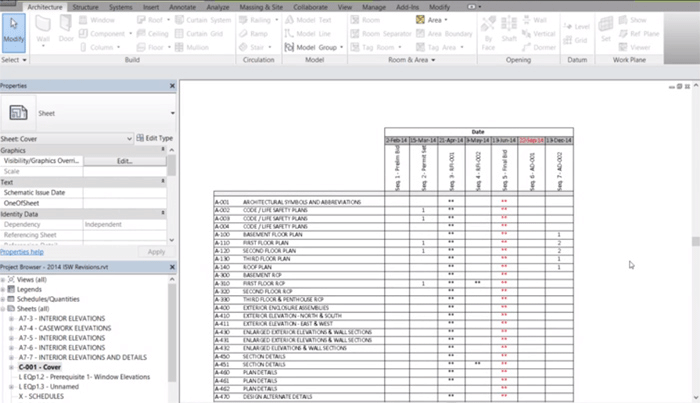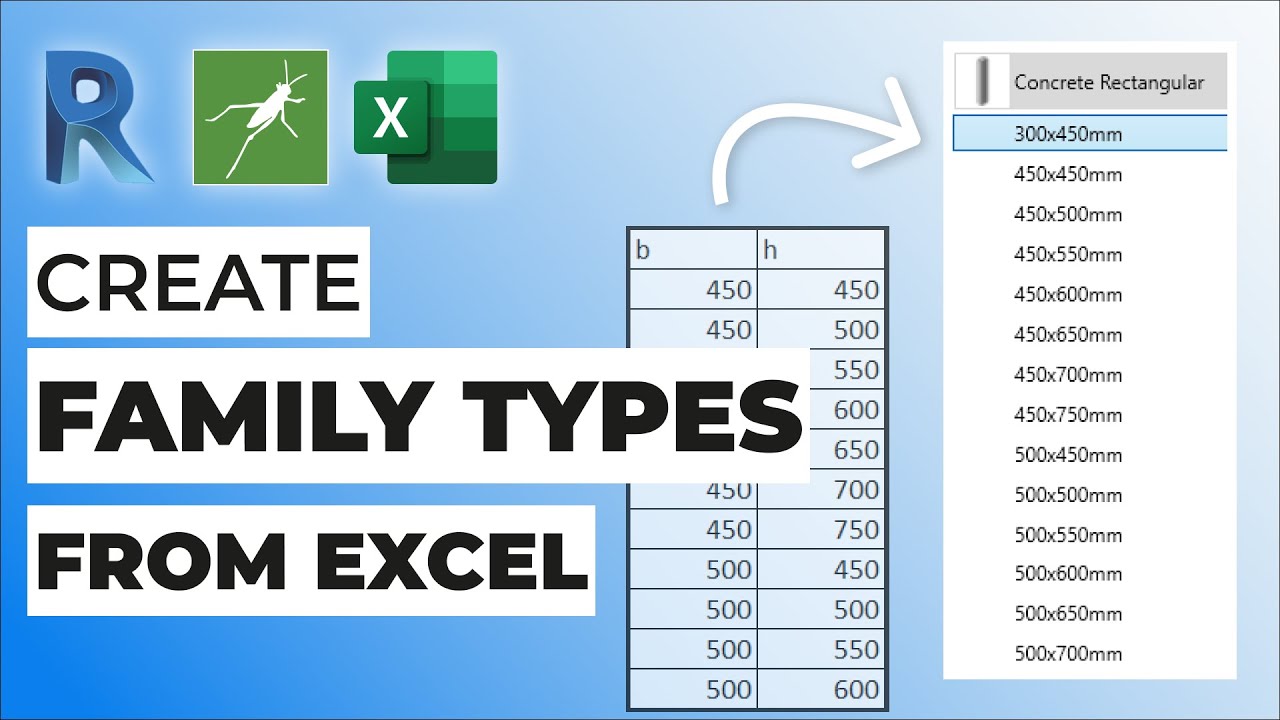Revit Add Ins: Increasing Your Layout Capacities
Wiki Article
Revit Accelerator: Excel Combination Methods for Improving Productivity and Cooperation
In this short article, we will certainly check out the advantages of integrating Excel right into your Revit process. And also, we will share best techniques for flawlessly integrating Excel into your Revit tasks. Obtain all set to supercharge your Revit experience with our Revit Accelerator: Excel Integration Techniques!Advantages of Excel Assimilation in Revit
The benefits of Excel integration in Revit are countless and can greatly boost efficiency and collaboration. By effortlessly connecting these 2 effective tools, you can simplify your workflow and save beneficial time. With Excel combination, you can easily import and export data in between Revit and Excel, enabling you to leverage the toughness of both programs.
Another benefit of Excel integration is the capability to produce vibrant timetables and records. By connecting your Revit model to an Excel spreadsheet, any modifications made in Revit will instantly update in the matching Excel documents. This makes it easy to produce updated routines, quantity takeoffs, and other project documentation.
Excel combination in Revit likewise enables far better cooperation among team participants. With the ability to import and export data, you can easily share info with coworkers that might not have accessibility to Revit. This promotes effective interaction and permits for better coordination and decision-making.
Improving Process With Revit and Excel
Enhancing process with Revit and Excel can substantially boost efficiency and collaboration. By integrating these 2 powerful devices, you can maximize your design process and enhance communication within your group. With Revit, you can develop 3D models and generate in-depth building and design documents. However, when it concerns information monitoring and analysis, Excel is the go-to software application. By integrating the capacities of Revit and Excel, you can seamlessly transfer information in between the two applications, getting rid of the requirement for hands-on information entrance and minimizing the danger of errors.
Making Use Of Revit and Excel with each other enables you to take advantage of the strengths of each program - revit tool. You can export information from Revit into Excel, where you can perform intricate computations, produce charts and charts, and assess the details in a much more effective and organized fashion. On the various other hand, you can import data from Excel right into Revit, allowing you to quickly update your versions and paperwork based upon modifications made in Excel
The integration of Revit and Excel additionally advertises collaboration amongst employee. By sharing Excel data, you can easily collaborate and connect on style and construction-related data. This improves sychronisation and makes certain that everybody is collaborating with one of the most current information.
Optimizing Collaboration With Excel and Revit
To take full advantage of collaboration with Excel and Revit, you can flawlessly update and share layout and construction-related data with your team. By incorporating Excel with Revit, you can eliminate the demand for hand-operated information entrance and minimize the danger of errors. With simply a couple of clicks, you can import Excel spreadsheets right into your Revit model, permitting you to quickly access and manipulate the data. This integration allows you to collaborate a lot more effectively with your team, as every person can work with the very same information in real-time.Among the vital benefits of using Excel in conjunction with Revit is the capability to update data in both find this programs all at once. Any changes made in Excel will immediately be shown in Revit, and vice versa. This ensures that everyone is dealing with the most up-to-date information, avoiding confusion and saving important time.
Additionally, Excel offers powerful tools for analyzing and organizing information, which can significantly enhance your collaboration efforts. You can develop personalized records and graphes in Excel, assisting you to imagine and interact essential project information effectively. When presenting information to stakeholders or making educated choices based on job metrics (revit add ins)., this can be specifically beneficial.
Advanced Methods for Improving Efficiency in Revit Utilizing Excel
By utilizing sophisticated strategies in Revit, you can substantially increase your efficiency by leveraging the power of Excel. With Revit's Excel integration attribute, you can link Excel spreadsheets straight to your Revit design, permitting you to quickly manage and update data.
Furthermore, you can make use of Excel macros to automate recurring tasks in Revit (import excel into revit). Macros enable you to tape a collection of actions and play them back with a single click, saving you effort and time. For example, you can create a macro to immediately create area schedules or update specification worths wholesale.
Best Practices for Excel Integration in Revit
Utilizing Excel as a data monitoring tool in Revit permits for effective administration and updating of data. One of the ideal techniques for Excel integration in Revit is to develop a clear and organized information framework. By following these finest practices, you can properly use Excel as an information next page administration device in Revit and improve your productivity and partnership.Conclusion
In verdict, incorporating Excel with Revit can significantly improve performance and cooperation in the style procedure. By leveraging the power of Excel, Revit customers can attain higher levels of efficiency and visit this web-site partnership in their tasks.With Excel assimilation, you can conveniently import and export information in between Revit and Excel, enabling you to take advantage of the toughness of both programs.
One of the crucial benefits of Excel combination is the capability to utilize Excel formulas and functions within Revit. By linking your Revit model to an Excel spreadsheet, any adjustments made in Revit will instantly upgrade in the equivalent Excel documents. On the various other hand, you can import information from Excel into Revit, enabling you to rapidly update your models and documentation based on adjustments made in Excel.
With Revit's Excel assimilation attribute, you can link Excel spreadsheets straight to your Revit version, enabling you to quickly manage and upgrade information.
Report this wiki page